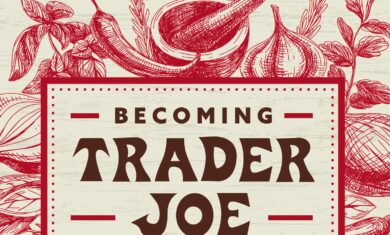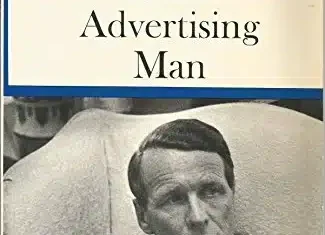The idea of “the customer is always right” goes back to the early 1900’s. Among others who coined the phrase was hotelier Cesar Ritz, who said “If a diner complains about a dish or the wine, immediately remove it and replace it, no questions asked.”
It’s not necessarily a bad policy, but can have a big downside when people realize they can take advantage of it. Or, perhaps they’re just going a bit nuts like when William Foster said it in the classic movie “Falling Down”:
The solution is to reframe the idea entirely by adding that little bit to the end — “…in matters of taste“.
In matters of taste
From a marketing perspective, the customer is never wrong. If you offer two colors of a product, your opinion on which color is better doesn’t matter much — the “better” color is the one that people purchase more frequently.
Or if you work in a hair salon and a client wants their hair cut in a way that seems odd to you, it doesn’t matter. They’re the ones paying, and their desire is what matters most.
Find the friction
The other way to look at “the customer is always right” is to take a minute before deciding if they’re actually wrong or not; they may just be misunderstanding the situation. Zendesk has a great analogy that goes like this:
Let’s run through a hypothetical example. Imagine a customer reaches out and says their web chat or bot is broken. A quick glance at their account and it’s clear that there’s a problem with the implementation. One approach is to tell the customer they’re wrong — the product is working fine, they just didn’t set it up properly.
But why? Maybe our documentation could be clearer. Maybe our onboarding emails or in-product messaging could be improved. Assuming the customer is always right is about assuming responsibility for our own customer experience.
The customer may not always be right, but it’s worth finding out what they think. Taking the time to really understand what your customers are looking for can not only help in your day-to-day business, but can be an advantage when trying to rank better in Google. A little empathy can go a long way, even if the customer isn’t really right every time.





What about the portion about the price?
I could only show so much, but that’s a great point. Really, it fits quite well.
You can charge whatever you want for your product, and the customer will let you know if it’s acceptable or not.
Seems that it’s that “pick two of three” scenario in construction: ‘Good, Fast, Cheap’ If you want it good and fast, it wont be cheap. If you want it Good and Cheap, it wont be fast. In Restaurants it could be ‘tasty, cheap, proportions’
I never thought of the “tasty, cheap, proportions” for restaurants before, but that does seem to hold true! I like it.
But one can get a forearm sized cheap burrito that is tasty at a San Diego toca shop.